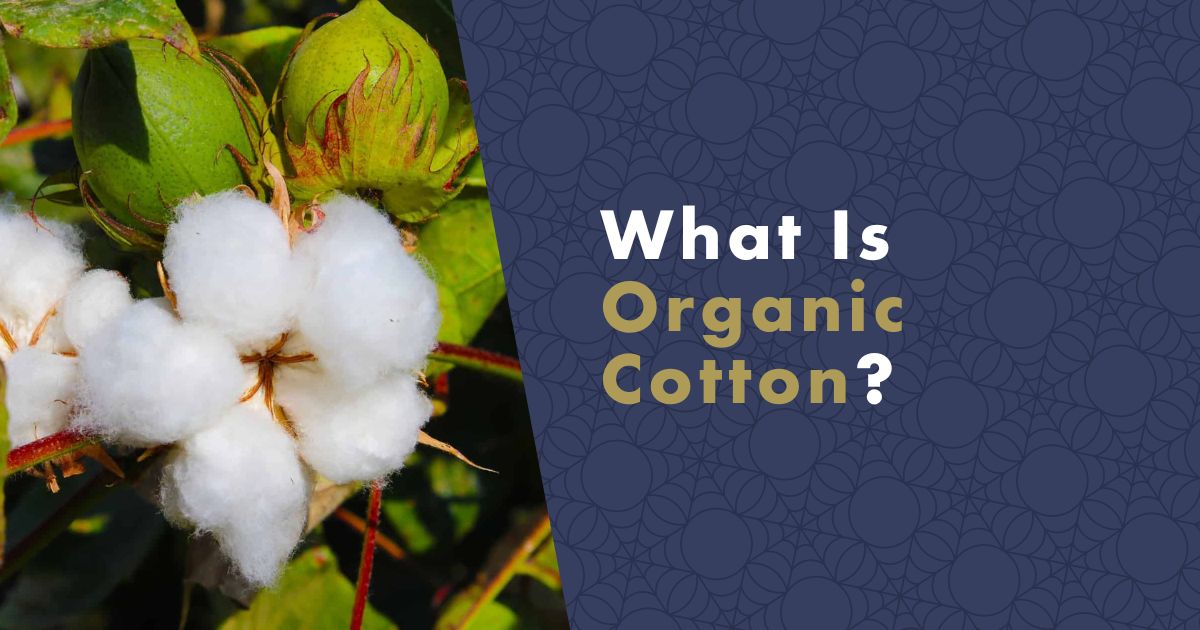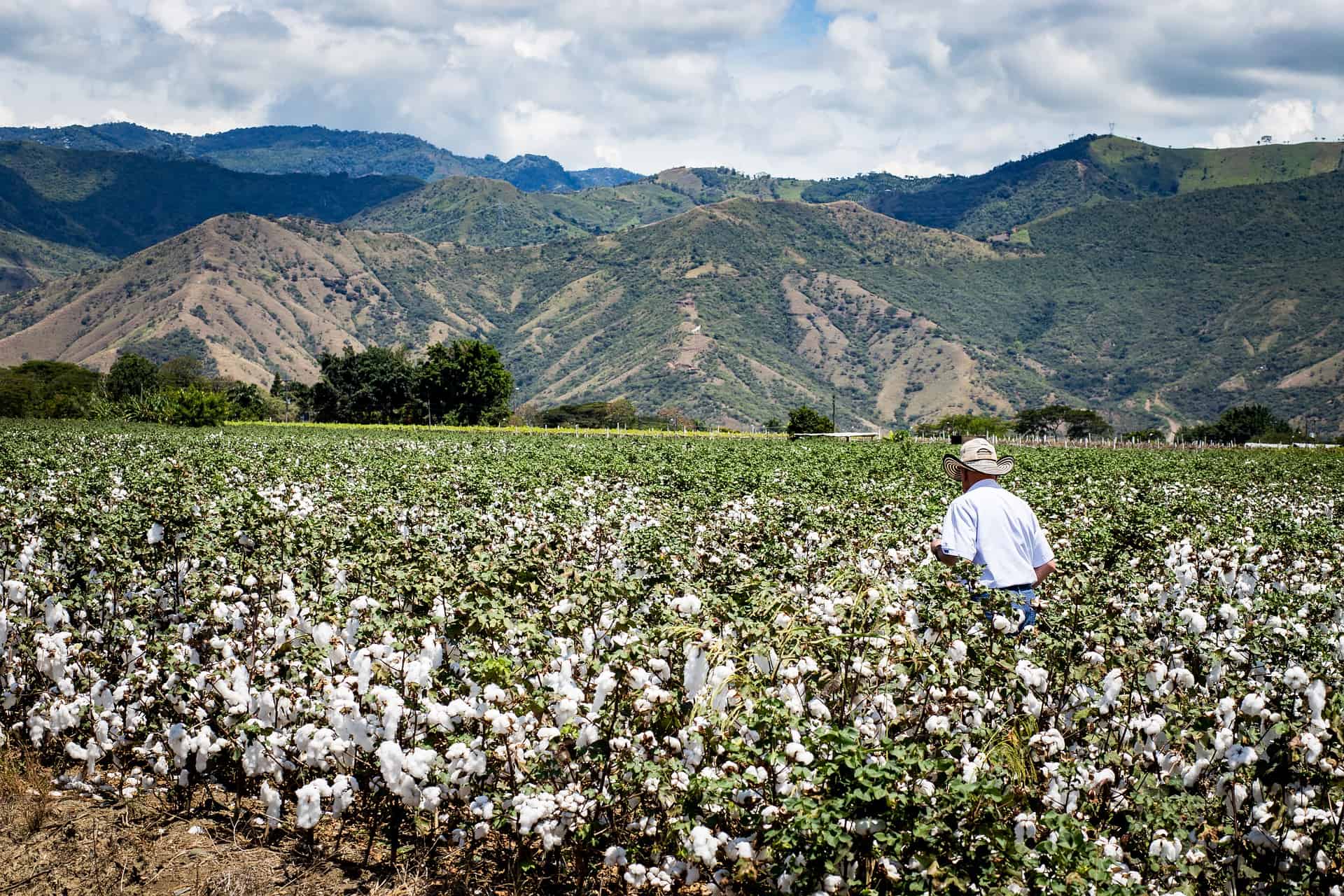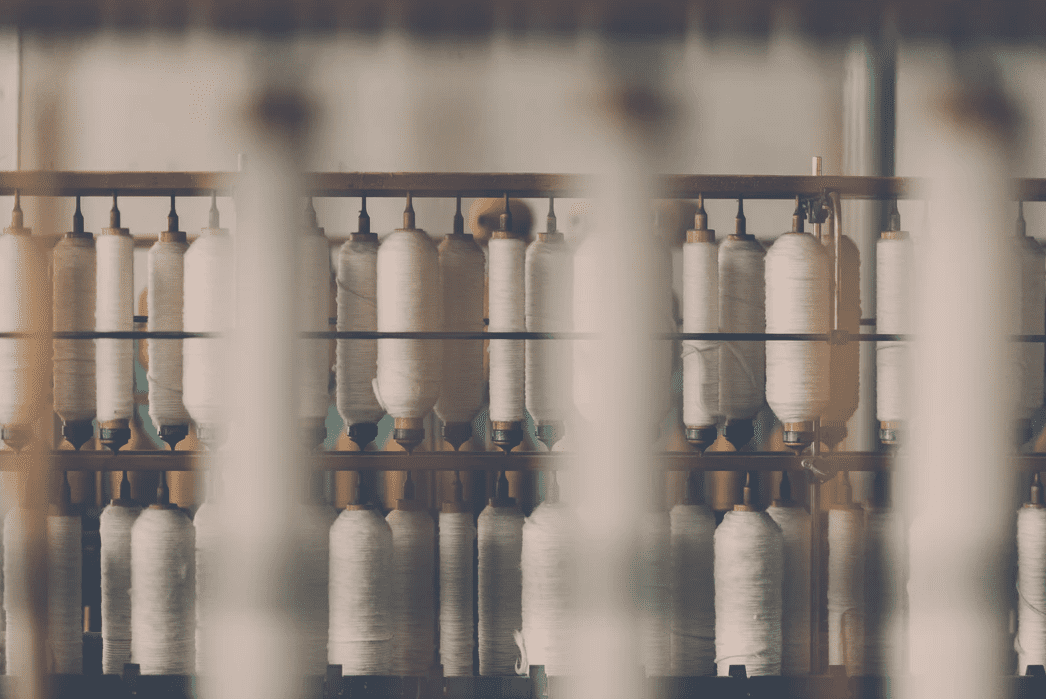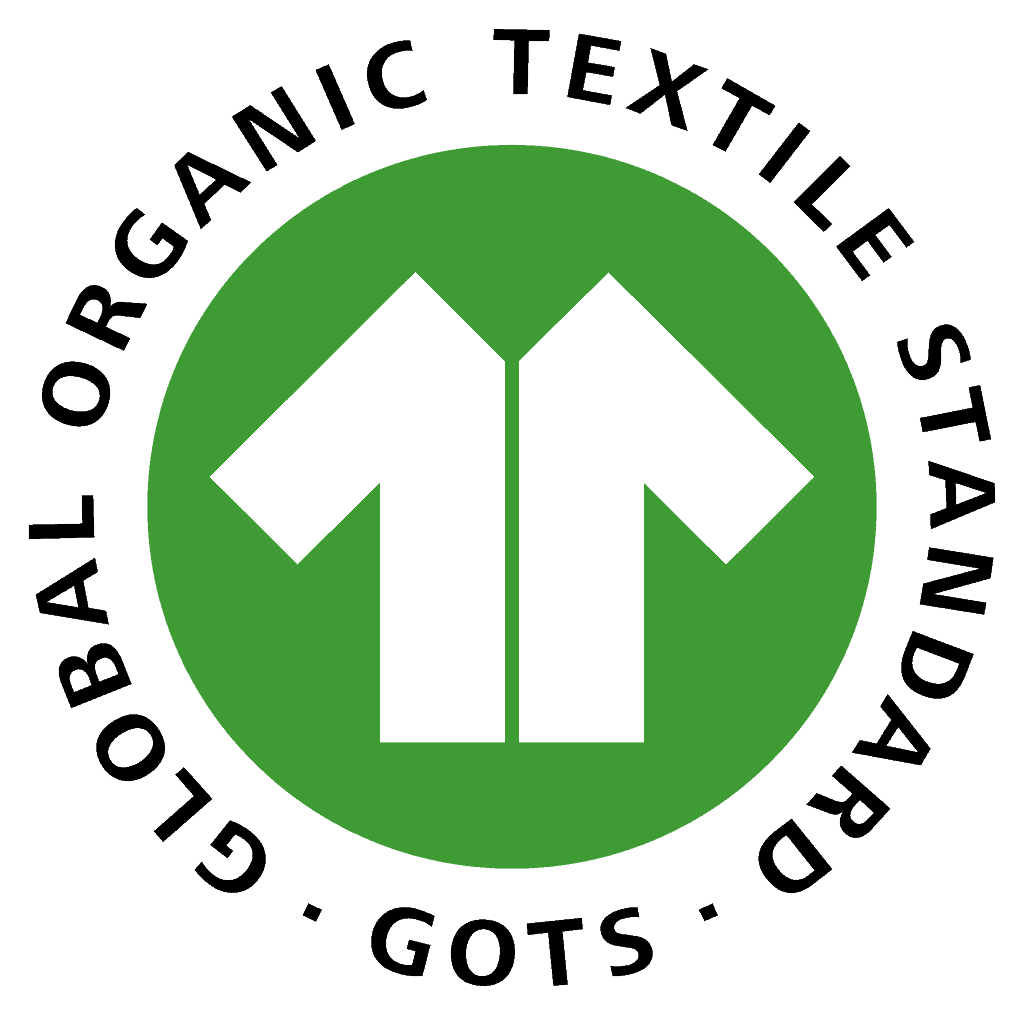When it comes to conscious consumerism and bedding choices, understanding the unique qualities of organic cotton and its sustainability becomes increasingly significant. From the organic cotton properties that distinguish it from conventional cotton to its influence on sustainable bedding options, the relevance of investing in organic cotton raises important questions. This article aims to explore the specific properties of organic cotton, the differences between organic and conventional cotton, and the underlying reasons why investing in organic cotton is not just a trend but a substantial step towards a more sustainable and eco-friendly lifestyle. Is organic cotton truly worth the investment? Let's delve into the realm of organic cotton and unravel its significance in the realm of sustainable living.

What Is Cotton
Over the last few hundred years, cotton has become an indispensable material in the production of textiles. It has gained popularity mainly because of its softness and durability not found in other fabrics. However, its properties have been known to humans since 5000 BC, when it was most likely used by the inhabitants of what was then Mexico and the area around the Indus and Ganges rivers.
The material was brought to Europe by Romans. Unfortunately, it was too expensive for the local population to produce fabrics from it, so only the elite could afford cotton clothing. The magic of cotton was only rediscovered between the 17th and 19th centuries, when a new era of textile production began.
Cotton production has come a long way since then, with cotton being grown mainly in third world countries. Long swathes of cotton are grown in the fields there, requiring plenty of moisture, a constant supply of water and high temperatures to thrive.
How Non-Organic Cotton is Sourced and Why Is It Not Sustainable
The aim of every cotton grower is to ensure successful flowering of all crops, leading to the development of pods containing cotton pieces. These are subsequently harvested using heavy machinery and prepared for further processing, involving the cleaning and weaving of the cotton fibers. These fibers are then transformed into fabrics of various colors and properties..
As you can probably guess, a huge amount of chemicals is used throughout the process of cleaning, infusing and dyeing the fabrics. Most of these substances can also be toxic and have a negative impact on our health or at least cause various irritations and allergies.
In addition, cultivation of cotton plants requires huge amounts of hazardous pesticides, and it has been shown that more than 16% of the world's annual consumption of these substances is attributable to cotton production.
Organizations fighting for human rights are also concerned about the working conditions and wages of workers, which are inadequate in Third World countries, and this is often reflected in the quality of the cotton itself.
The biggest problem related to cotton is the consumption of water, which is used more during the whole process than in the production of other materials. According to the World Wide Fund for Nature (WWF), it takes more than 20,000 litres of water to produce just one kilogram of cotton. Just to give you an idea, the average person needs around 142 litres of water a day for their daily life. The production of just a small amount of cotton is therefore almost equivalent to the daily consumption of a small town.
The Difference Between Common Cotton and Organic Cotton
Over time, cotton production has become a huge business, which, as it happens, does not address whether it violates certain standards or rules. Thanks to this carelessness, we can find a number of companies (sometimes even branded) on the market whose cotton clothing is made from low-quality cotton that is not good for our health or the environment.
The apparent solution to this problem is represented by organic cotton, where farmers return to traditional methods of cultivation. I.e. without aforementioned pesticides or other chemicals. All undesirable practices have been replaced by traditional processes such as hoeing, natural irrigation or the use of biological pests (plants, crops or fungi).
Growing organic cotton also solves the problem of water consumption, as confirmed by a survey by the Soil Association, which found that 91% less water is used during cultivation. In this case, farmers do not rely on local sources of drinking or domestic water, but mostly irrigate their crops with rainwater, which is then recycled in a wastewater treatment plant.
The same approach is applied to cotton picking, which is done entirely by hand so that the soil does not suffer unnecessarily. Harmful chemicals are not found in the subsequent processing of organic cotton either, when e.g. cotton satin and other fabrics are produced. In fact, this imaginary return to the roots has helped farmers discover cotton varieties that can produce coloured cotton and therefore do not need to be treated in any way.

Where to Find Organic Cotton
Organic cotton and fabrics made of it can be found in virtually every textile products to which they give much better properties. Organic cotton is not present only in clothing, but also e.g. in bedding thanks to which you can enjoy a much better quality sleep and avoid unpleasant allergies.
#produkty#https://www.nanospace.store/anti-dust-mite-nanofiber-bedding/
However, higher quality means higher price, so you should expect to pay a little extra for clothes and other products made of organic cotton. But in this case, the price is more than fair. Therefore, to allow farmers to use environment friendly products in growing cotton trees and at the same time take adequate care of their employees, a lot more money is needed, which is reflected in the final price.
How to Tell If a Product Is Made of Organic Cotton
If you want to invest in clothing or textiles and at the same time do your bit for the environment, organic cotton is the right choice for you. Unfortunately, we can find companies on the market that boast about making their products of organic cotton, but in reality this is not the case. In fact, many of these products contain only a minimal amount of this material, sometimes less than 3%.

When choosing clothing or other textiles, it is worth focusing on the proportion of organic cotton or looking to see if the product or manufacturer has a special GOTS (Global Organic Textile Standard) certificate.
The certificate is only awarded to companies complying with strict requirements, including e.g.:
- not using pesticides, herbicides and other toxic chemicals for the minimum period of 3 years
- not using pesticides, herbicides and other toxic chemicals for the minimum period of 3 years● cultivation without the use of GMO (cotton tree seeds may not be genetically modified)
- provision for adequate working conditions for all employees
- adherence to the highest ethical requirements
- adherence to all principles of environment protection
Moreover, the above requirements must be adhered to in all stages of the production from the initial cultivation to the distribution of the product. If the product you choose is accompanied by the certificate, you can be sure it actually contains organic cotton.
Is Investing in Products Made of Organic Cotton Worth It?
When choosing clothing and similar products, most people consider quality to be a major factor; and the quality is naturally based on the materials used. Organic cotton is one of the top-quality and most versatile materials, offering properties like:
- increased softness and smoothness
- strength
- flexibility
- breathability
Buying clothes made of organic cotton will get you a quality addition to your wardrobe that will last a long time and make you feel good in every situation. You can achieve the same results by buying the aforementioned bedding thanks to which you can enjoy a good night's sleep. So, even if you pay a little extra, you can be sure that you are not buying a pig in a poke and you are doing a bit for the planet at the same time.
Sources:
CHAPAGAIN, Ashok Kumar, et al. The water footprint of cotton consumption: An assessment of the impact of worldwide consumption of cotton products on the water resources in the cotton producing countries. Ecological economics, 2006, 60.1: 186-203.

Lukáš Konečný has been active in the nano field since 2015. He graduated from the University of Economics and Business and has long been involved in digital marketing, digitisation and automation of advertising for technology companies and online projects. At nanoSPACE, Lukáš has been in charge of strategy and business development since May 2020.
